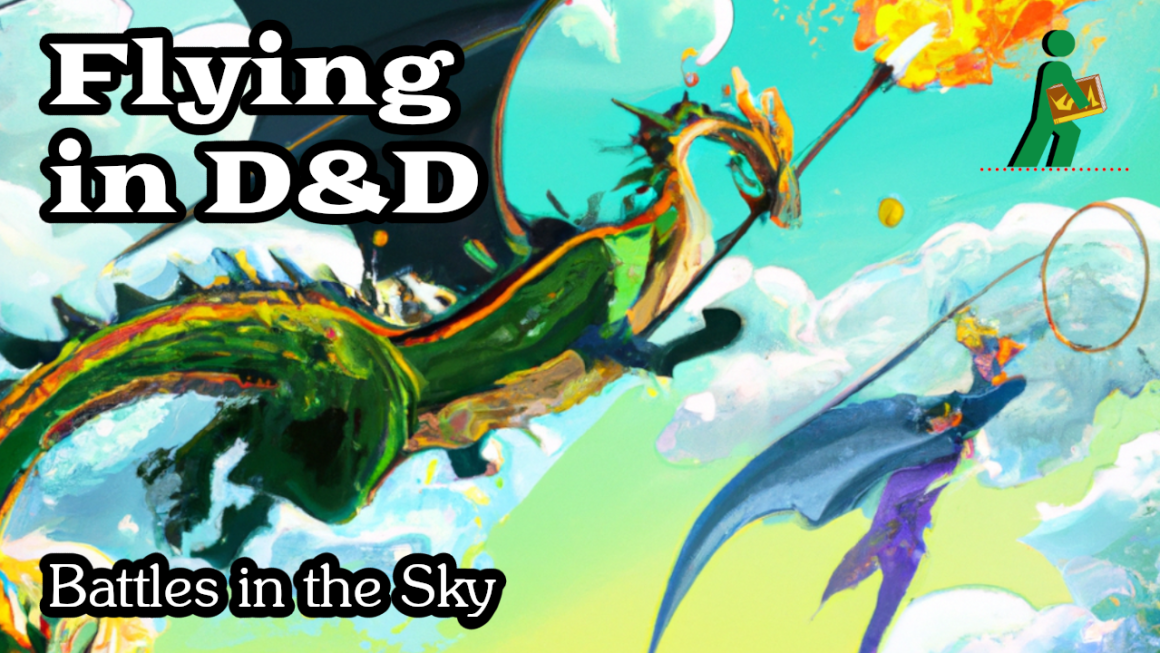
Flying in D&D | Battles in the Sky | Wandering DMs S05 E38

Dan & Paul reflect on the history of rules for flying in D&D. How easy and powerful should it be to achieve? Does it make castles and climbing skills useless? Is the standard spell sufficient, or should your PCs seek out flying mounts — and what rules provide a market for that?
From the earliest days, humans have dreamed of flying and have attempted to achieve it. Greek and Roman mythology have examples of gods who were gifted with flight. Daedalus and Icarus flew through the air, and Icarus died when he flew too close to the sun. Religions relate stories of chariots that fly through the air and winged angels that join humans in the heavens. Flying creatures that were half human and half beast appear in legends. Birds and fantastic winged creatures pulled boats and other vehicles through the air. The ancient Chinese invented spinning toys that were the earliest helicopters and their designs may have influenced Leonardo da Vinci, one of the world’s greatest inventors, artists, and visionaries.
Chinese records describe human attempts to sail through the air by attaching themselves to kites-one of the most significant inventions leading to flight which, with its inclined wing, evolved into the airfoil. Da Vinci discovered and analyzed several of the basic principles of aerodynamics and physics and designed machines (but, in most cases, did not fly them) that applied these principles. He wrote prolifically, and it was only because his written works were lost for centuries that his influence on other inventors was not greater than it was. His writings included hundred of sketches that illustrated his observations of flight in nature and the inventions he designed. He wrote and drew on key problems of aeronautics, including action and reaction; the structure of wings, carrying surfaces, and landing gear; and even devices for directional control.
This description uses material from the U.S. National Park Service article “Idea of Flight“.

